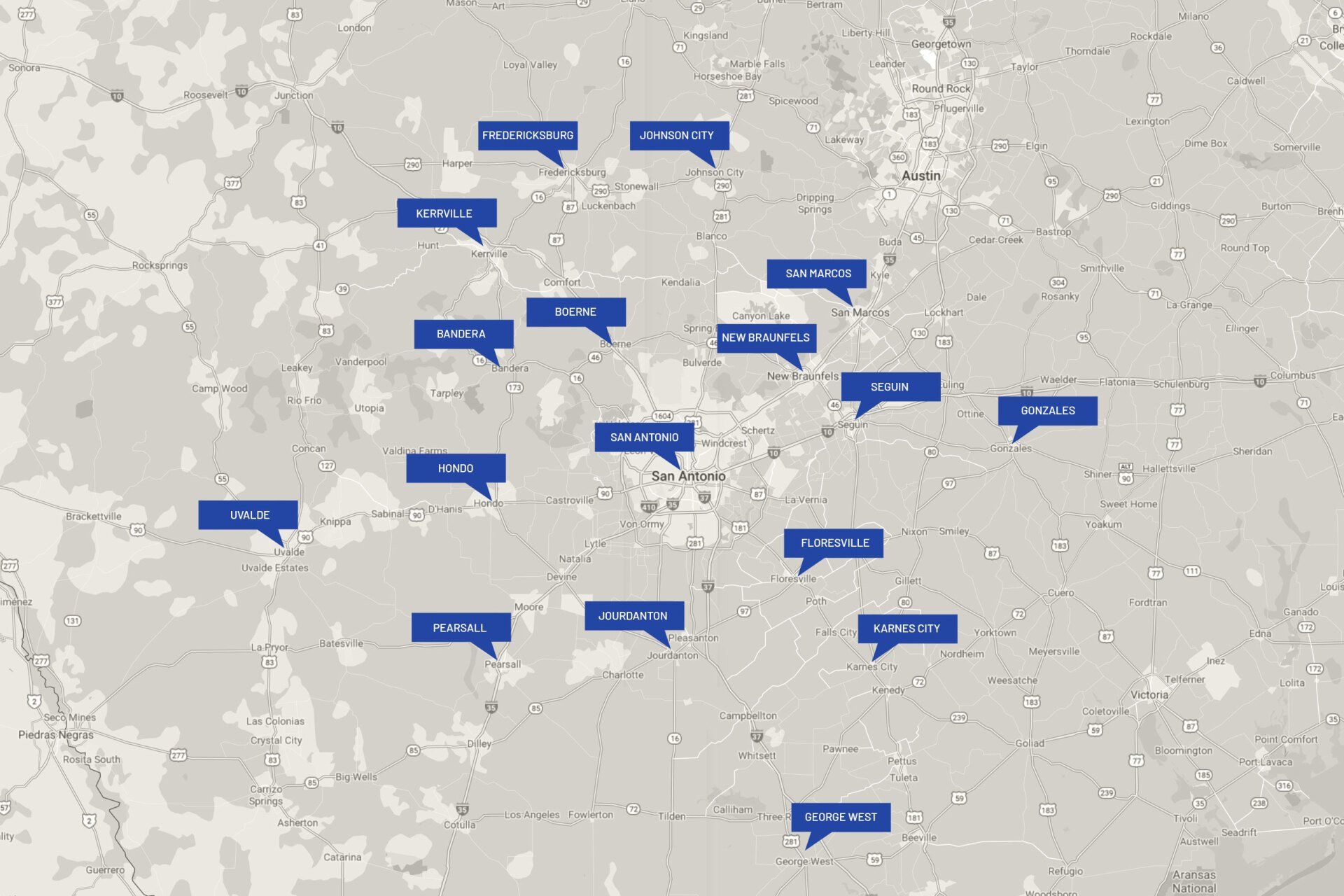Foundation Leveling Signs You Shouldn't Ignore
A strong foundation is essential for any home or building. It supports the entire structure, ensuring stability and safety. Over time, however, foundations can become compromised, leading to various issues that may require leveling. Identifying the signs early can save you from costly repairs and potential hazards.
This guide will help you recognize when your foundation needs leveling or stabilizing.
Cracks in Walls and Ceilings
The presence of cracks in walls and ceilings commonly signals foundation issues. While these cracks may initially be small, they tend to expand gradually over time.
Look for:
- Vertical Cracks: Interior or exterior found in drywall, trim, or in exterior siding or foundation wall among other locations.
- Horizontal Cracks: Same areas as vertical cracks, they may also appear where drywall sections are separating. Horizontal cracks may also be found in flooring such as tile.
- Angular cracks: generally found in drywall around door and window frames.
- Stair-Step Cracks: Found in brick or block walls, these cracks follow the mortar joints and indicate movement.
If these cracks appear suddenly or grow quickly, it's crucial to seek professional assessment.
Doors and Windows That Stick
When foundations shift, it can cause the frames of doors and windows to become misaligned. This misalignment results in doors and windows that are difficult to open or close.
Watch for:
- Gaps at the Top or Bottom: Uneven gaps around doors and windows could signal foundation settling.
- Cracked Glass: Although quite rare, excessive pressure on window frames may cause the glass to crack.
- Misaligned Frames: Frames that no longer sit properly in their openings are a clear sign of foundation movement.
Addressing the foundation issue may restore the proper function of your doors and windows.
Uneven Floors
Walking across your home, you might notice that some areas feel uneven or that the floor slopes. Uneven floors can be subtle or quite pronounced, and they are a significant indicator of foundation trouble.
Pay attention to:
- Sloping or Sagging: Floors that slope or sag in certain areas suggest foundation settling.
- Bouncing or Creaking: Floors that feel bouncy or creak when walked upon may indicate underlying support issues.
- Trends: Ever notice liquid spill traveling towards one area every time. When you roll a toy ball, it diverts from a straight line. These are sloping signs that may need professional attention.
Ignoring these signs can lead to more severe structural problems.
Gaps Around Exterior Doors and Windows
While interior doors and windows might stick, exterior doors and windows can develop noticeable gaps when the foundation shifts. These gaps can lead to drafts, higher energy bills, and potential water damage.
Look for:
- Visible Gaps: Spaces between the wall and the door or window frame
- Separation from the Frame: Doors and windows that appear to be pulling away from the surrounding wall
Sealing these gaps is a temporary fix; addressing the foundation is the long-term solution.
Cracks in the Foundation Itself
Inspecting the foundation directly can provide clear evidence of problems.
Check for:
- Hairline Cracks: Small, often harmless cracks that should be monitored for changes.
- Wide Cracks: Cracks wider than an eighth of an inch require immediate attention.
- Step Cracks: Step cracks suggest significant movement in concrete slab foundations.
Regular inspections can catch these issues early, preventing further damage.
Bulging or Leaning Walls
Foundation issues can cause walls to bulge or lean, compromising the structural integrity of your home.
Signs include:
- Bulging Brick Walls: Pressure from tilting foundations can cause walls to bow outward.
- Leaning Exterior Walls: Exterior walls that lean outward indicate serious foundation movement. Brick walls also have expansion joints that can determine deflection of a slab, as if it is pulling away from the adjoining wall.
Professional intervention is necessary to correct these dangerous conditions.
Separation of Cabinets and Counters from the Wall
When cabinets and countertops begin to pull away from the walls, it often signifies foundation movement.
Observe:
- Gaps Behind Cabinets: Spaces between the wall and the back of cabinets or counters.
- Misaligned Countertops: Countertops that no longer sit flush against the wall.
These signs indicate foundation settling that needs prompt attention.
Soil Erosion
Soil can move laterally and horizontally and it can also erode overtime. Improper moisture balance or control can lead to native soil deterioration around the foundation wall.
Indicators include:
- Depressions: Areas of the soil around the perimeter appear to be impacted by roofline runoff, generally due to a lack of gutters or piped drain system. Gutters with extensions can also create depressions.
- Exposed Beams: As soil washes away from the perimeter, your cosmetic smear (parge coating) may not full cover the actual foundation wall. This is a sign of soil erosion and needs to be addressed quickly.
Foundation leveling or stabilization along with preventative maintenance can address these issues, restoring stability to your home.
Exterior Signs
In addition to interior warning signs, exterior indications can point to foundation problems.
These include:
- Gaps Between adjoining slabs: Separation between connected slabs, such as patios and driveways indicate earth movement and may be affecting the level of your slab foundation.
- Cracks in Exterior Brickwork: Visible cracks in bricks, mortar joints, or expansion joints
- Settling Porch or Steps: Porches or steps that appear to be pulling away from the house
Regular exterior inspections can help identify foundation problems early.
Professional Assessment and Solutions
Recognizing these signs is the first step toward maintaining the integrity of your home. If you notice any of these indicators, it's essential to seek a professional assessment.
Foundation experts can determine the extent of the problem and recommend appropriate solutions, such as:
- Foundation Piering (Underpinning): Installing piers to support, lift and stabilize the foundation
- Slabjacking: Raising sunken concrete slabs by injecting a stabilizing material underneath
- Waterproofing: Addressing drainage issues to prevent water damage to the foundation
Taking action early can prevent more severe damage and costly repairs down the line.
Take the Next Step
Ensuring your home's foundation remains strong and stable is crucial for its longevity and your peace of mind.
If you suspect any foundation issues, don't hesitate to contact our team at Risen Foundation Solutions for an assessment.
















